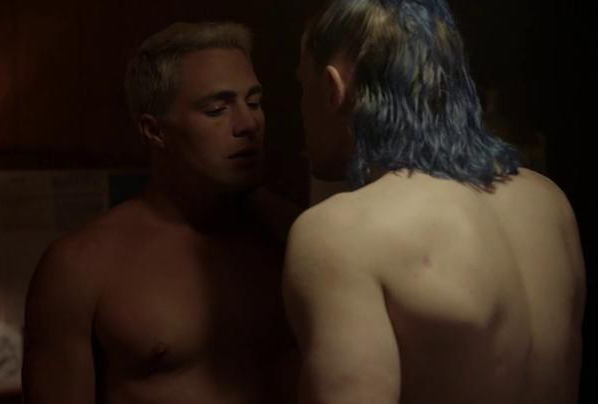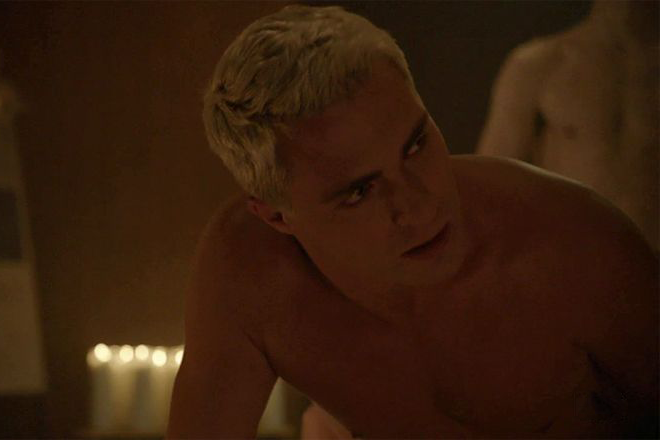NAUGHTY QUEERBAITING IN HORROR
- Pepito Cadena
- Aug 11, 2021
- 2 min read
Updated: Aug 31, 2021
Queerness catches eyes. A stolen glance between women or momentary touch between men can easily be sensationalized as “otherness” on display. The thin line between fear of the other and fascination is an age-old narrative. In a genre like Horror that subverts taboos and revels in exploitation, it’s unsurprising that this gaze has been abused and overused. Better known as Queerbaiting, this intentional tactic is often utilized for the sake of selling a film. In a recent episode of American Horror Stories (The Naughty List), a group of influencers purposely attempt to queerbait their audience. Here’s a look at how the practice lives on in Horror.
Take, for example, the shirtless camaraderie depicted in The Covenant. When Ghostface is finally revealed in Scream, the male killers embrace intimately. Even the sensual undertones in 1987’s The Lost Boys depict a type of commercialized teasing. At the center of the original Fright Night from 1985 is a layer of ambiguity surrounding the vampire’s sexuality. However, that’s not to confuse Queer coding with Queer baiting. Baiting is often superficial while coding provides an enriched subtext. Nightmare on Elm Street 2: Freddy’s Revenge notoriously straddles both.
If truly diverse LGBTQIA+ characters and actors weren’t disproportionately misrepresented in the media, then Queerbaiting might be a more forgivable sin. After all, exploitation has definite art value (here’s looking at you, Rocky Horror Picture Show.)
As aforementioned, Queerbaiting is anything but new. In fact, even many literary details of Bram Stoker’s Dracula sensationalize sexuality. Slowly but surely, things are changing as more diverse voices take command. Karyn Kusama’s 2009 movie Jennifer’s Body flips the script by giving women characters actual incentive to preform Queer acts that are all too often reserved for the male gaze. American Horror Story/Stories is a cesspool of Queerbaiting, with straight actors like Aaron Tveit and Matthew Morrison leaning fully into outrageously homo-erotic scenes. One big difference here is that this baiting is a signature mark of gay creator and showrunner Ryan Murphy, which largely changes the context of these scenes. At the same time, Murphy is responsible for bringing some of the most three dimensional LGBTQIA+ characters to life on television.
Ultimately the keys towards a more exciting storytelling landscape are diversity, inclusion, equity, and complete autonomy. Then we can get rid of old, burnt-out bait and be lured in by a prize truly worth celebrating instead.



















